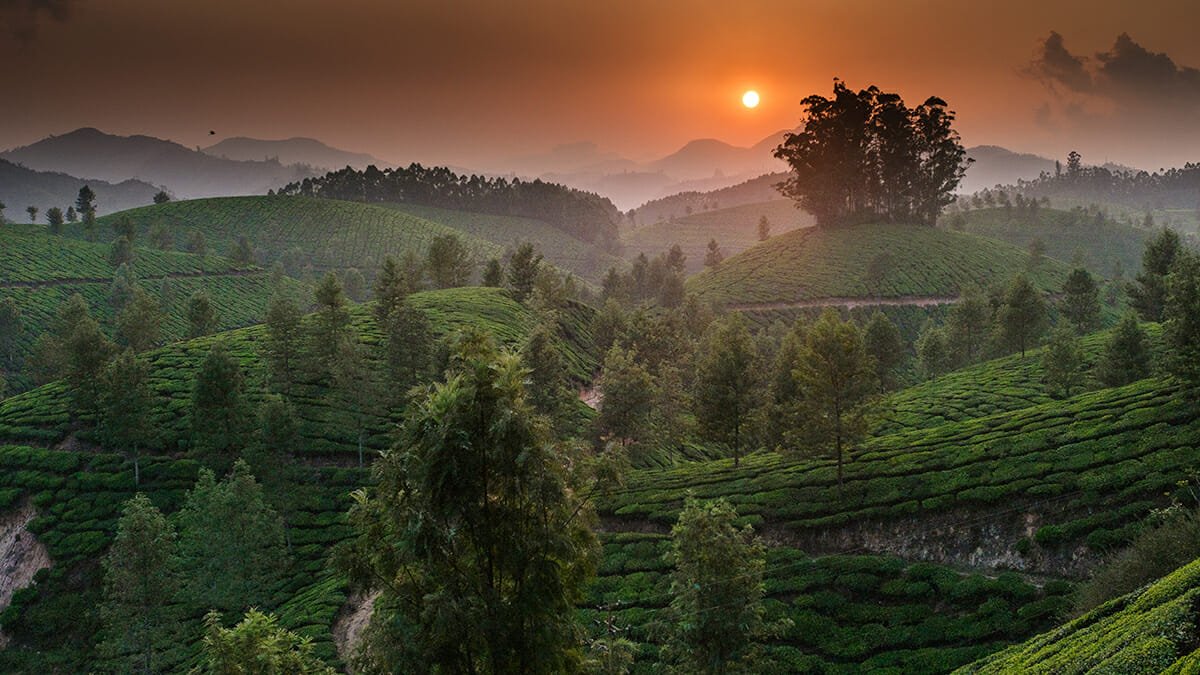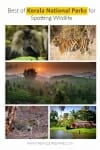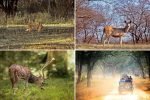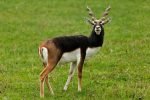Famous primarily for its picturesque hill stations, tea plantations, sandy beaches and tranquil backwater resorts, the southern Indian state of Kerala is also home to more than 30 national parks, reserves and wildlife sanctuaries.
The southern part of Kerala is home to the Western Ghats mountain range – one of the world’s Biodiversity Hotspots with 139 mammal species, 508 bird species, and 179 amphibian species protected within its national parks and reserves. Take a wildlife watching trip to one of these reserves, see some magnificent wildlife in Kerala, and you will understand why Kerala is often referred to as Nature’s Favorite Child. The best time to visit Kerala for hiking and exploring national parks is generally from October to February.
Best of Kerala National Parks
Periyar National Park
Stretching between the hills of Cardamom and Pandalam, about a 4-hr drive from Kochi, Periyar National Park, is the largest tiger reserve in India. The vegetation in Periyar is dominated by savannah grassland – the perfect open habitat for spotting wildlife.
Periyar is an important tiger and elephant reserve. A total of 35 Bengal tigers were recorded in the park during the 2017 census. The best time to see elephants in Periyar is the dry months of March and April, when the elephants congregate out in the open near the watering holes.
There is, of course, more to Periyar than tigers and elephants. The park is home to 35 species of mammals, 266 species of birds and 45 species of reptiles. You can explore Periyar’s wildlife on jeep safaris, a night walk and on boat trips on the scenic Periyar Lake.
READ MORE: 50 Outstanding Safari Holidays Destinations Outside of Africa
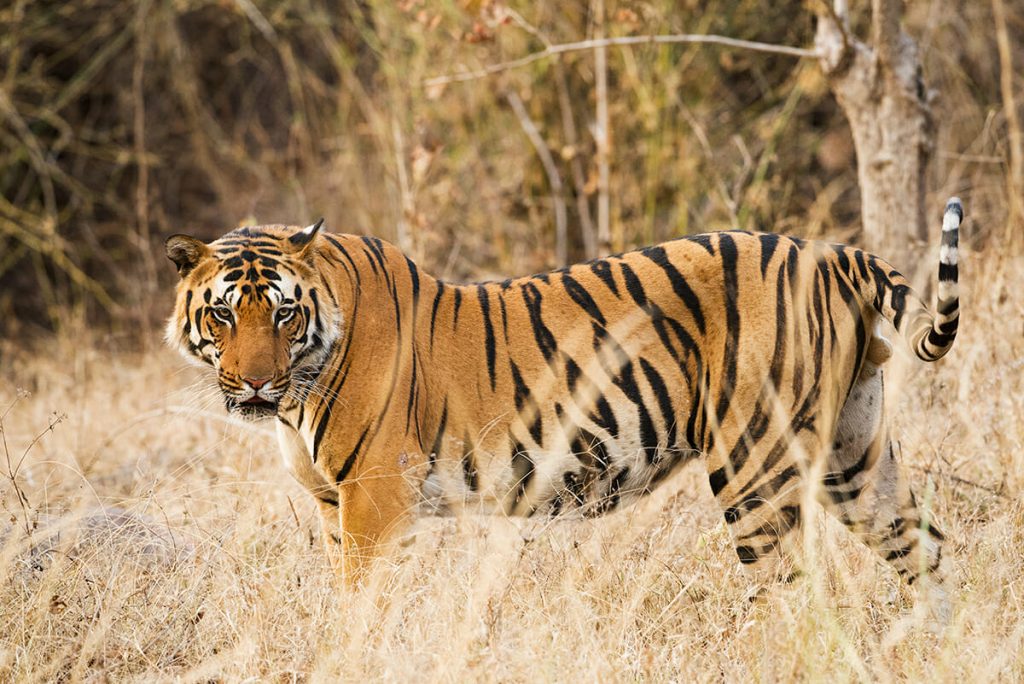
Silent Valley National Park
Located in the Nilgiri hills and surrounded by steep ridges and escarpments, Silent Valley National Park enjoys a tropical rainforest climate year round It is a part of the Nilgiris Biosphere Reserve and home to an incredible diversity of vegetation species. At least 1000 species of plants have been recorded in the park. Such a high diversity of vegetation types makes the Silent Valley a paradise for birds. Birdlife International lists 16 threatened species among more than 200 bird species found in the park.
However, the main reason for establishing Silent Valley as a national park was to protect India’s largest population of endangered lion-tailed macaques.
Apart from the macaques, the park provides habitat to 34 species of mammals, including the lion-tailed macaque, Nilgiri langur, Nilgiri tahr, as well as the rarely-seen tigers and leopards. For the best wildlife-watching opportunities, visit between December and April.
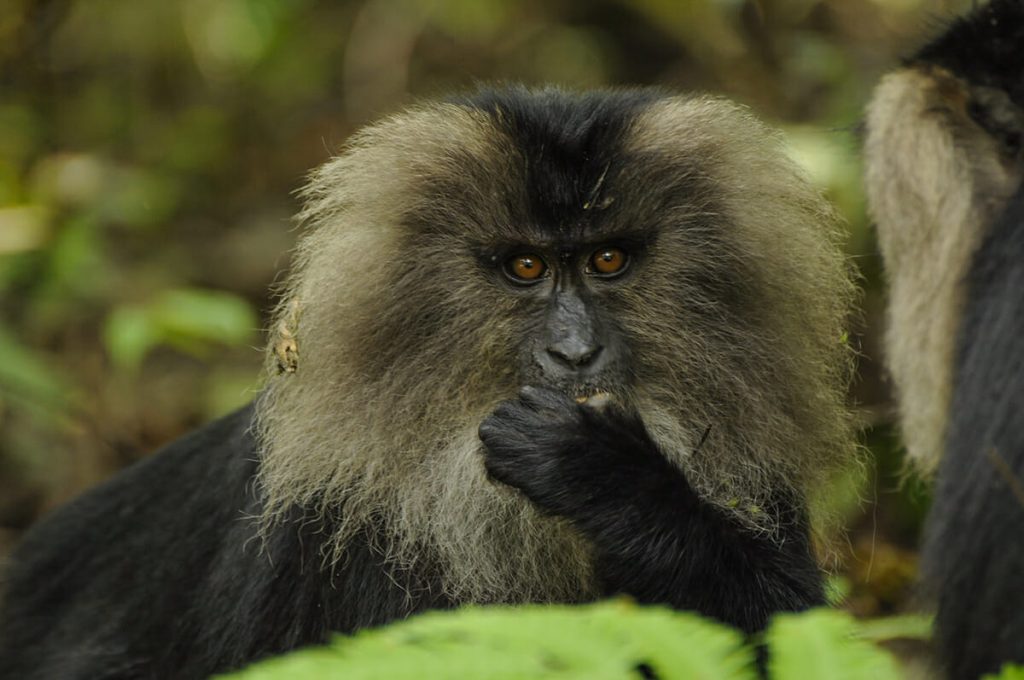
Pampadum Shola National Park
At 750 hectares, Anamudi National Park is Kerala’s smallest National Park. But despite its small size Pampadum Shola protects a wide range of wildlife, including the endangered Nilgiri marten, Indian wild dogs, leopards, tigers, elephants, buffaloes, gaur, and lion-tailed macaque.
In fact, there is so much wildlife in the park that the government closed the nearby old road closed to avoid vehicle collisions with animals.
Characterized by rugged terrain, Pampadum shola enjoys a misty and cloudy climate throughout the year. The best time to visit the park is during the dry season, between December and March.
Eravikulam National Park
Kerala’s first National Park and a UNESCO World Heritage Site, Eravikulam National Park, is home to southern India’s highest mountain peak, Anamudi. The slopes of Anamudi provide habitat for the endangered Nilgiri Tahr, a species of mountain goat endemic to the Nilgiri Hills and the southern portion of the Western Ghats.
Other wildlife you can spot in Eravikulam include tigers, leopards, gaur and Nilgiri langur. Overall, the park is home to 26 species of mammals, 132 species of birds and 19 species of amphibians, not to mention the spectacular scenery of the Western Ghats.
And to top it off, Eravikulam has its own endemic flowering plant – neelajurinji, that flowers only once every 12 years. The next flowering season is not until 2030, so there is plenty of time to plan a trip.
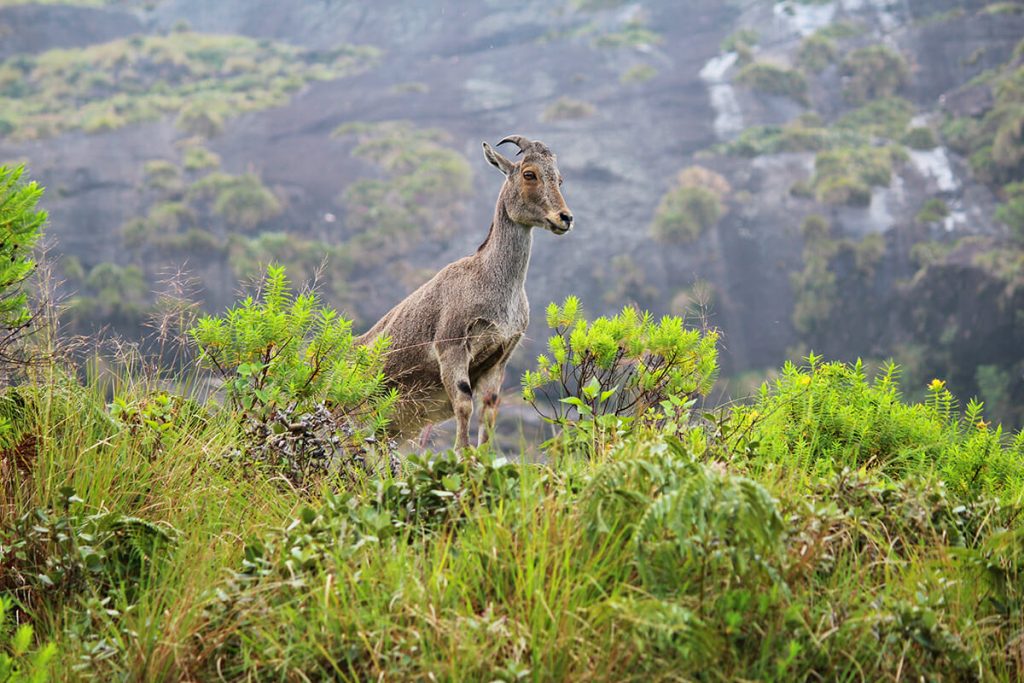
Parambikulam Tiger Reserve
Nestled between Anamalai and Nelliampathy hills, Parambikulam Tiger Reserve protects 39 species of mammals, 268 species of birds, 61 species of reptiles and 16 species of amphibians.
The park is home to a growing tiger population and the best place in Kerala to see the Indian bison, commonly known as gaur.
Some of the other mammals you can spot in the park include the lion-tailed macaque, Nilgiri tahr, Asian elephant, Indian leopard, wild boar, sambar deer, bonnet macaques, Nilgiri langur, sloth bear and Nilgiri marten.
The interesting thing about Parambikulam is that it is also home to an indigenous tribal population. The locals live within the reserve and work as trekking and safari guides. Parambikulam is an excellent example of sustainable living in a fragile ecosystem.
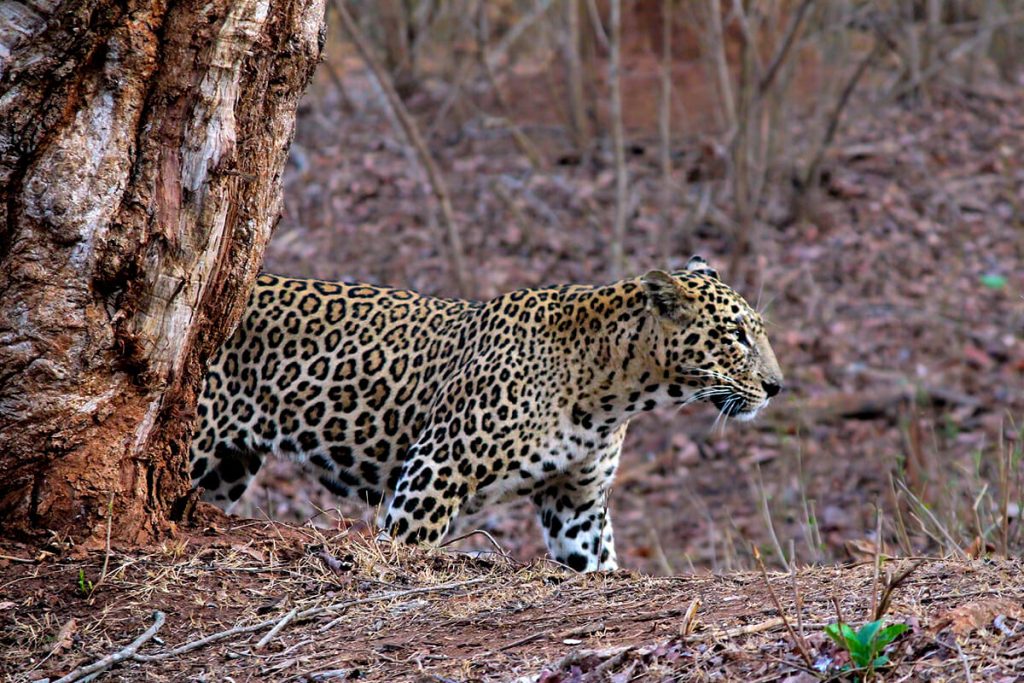
Peppara Wildlife Sanctuary
Although at 53 square kilometres, Peppara is one of the smallest protected areas in Kerala, it packs quite a punch in terms of natural attractions. A part of the Agasthyamalai Biosphere Reserve, Peppara gives its visitors an opportunity to encounter large herds of elephants, leopards, wild dogs, sloth bear and possibly the exclusive Nilgiri Tahr within its small confines.
The birdwatchers will have a chance to spot the Malabar grey hornbill in Peppara. While the trekkers can hike across the rocky terrain to the Bonafall and Kalarkad waterfalls.
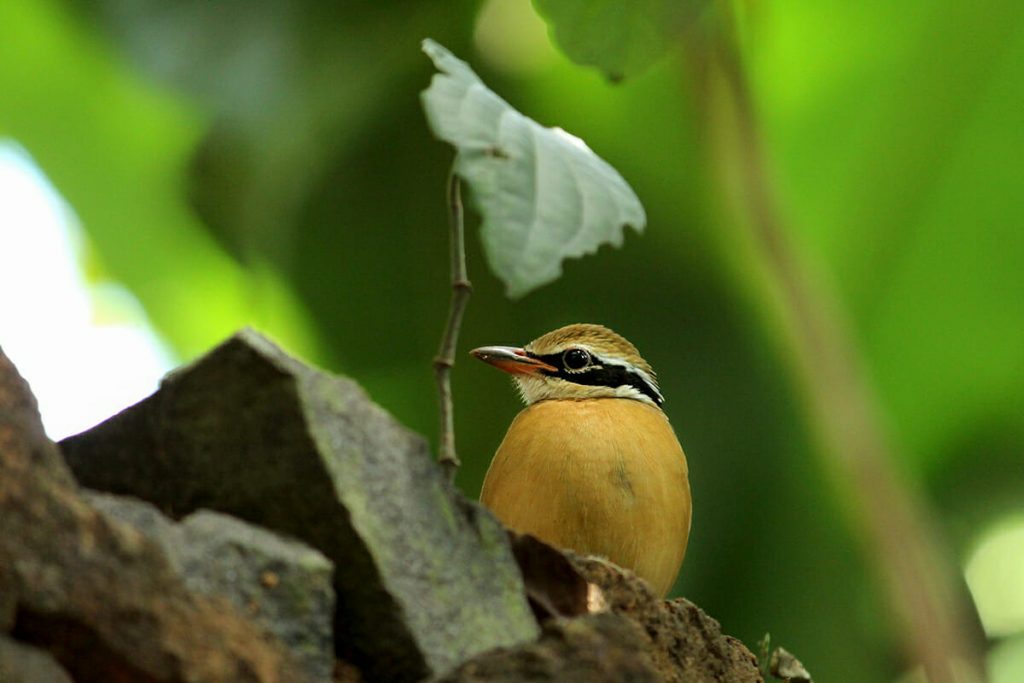
Chinnar Wildlife Sanctuary
Unlike most of Kerala, which receives copious amounts of rain throughout the year, in Chinnar Wildlife Sanctuary, it only rains for a couple of months. The drier climate in Chinnar promotes thorny scrub vegetation, which is the ideal habitat for the endangered grizzled giant squirrel, whose numbers today stand at less than 200.
The unique ecosystem of Chinnar is also home to the Nilgiri tahr and the rusty spotted jungle cat. And reportedly, you can easily spot large herds of bison and elephants on the side of the road when travelling to Chinnar from the nearest town of Karumathi.
The Sanctuary is also home to Kerala’s largest population of the mugger crocodile, as well as 51 other reptile species, including 29 snakes.
Muthanga Wildlife Sanctuary
Also referred to as Wayanad Wildlife Sanctuary, Muthanga is the second biggest wildlife sanctuary in Kerala. It is part of a migratory wildlife corridor that connects the Bandipur and Nagarhole parks of Karnataka with Mudumalai in Tamil Nadu. The sanctuary is part of the Nilgiri Biosphere Reserve and one of the few places in India, where you can spot two of India’s Critically Endangered vultures: white-rumped vulture and red-headed vulture.
Other wildlife species in the park include tigers, Indian bison, wild dogs, monitor lizards, leopards and civet cats, black woodpeckers, painted bush quail and 214 more species of birds. The Forestry Department can organize jeep safaris and trekking excursions in the park.
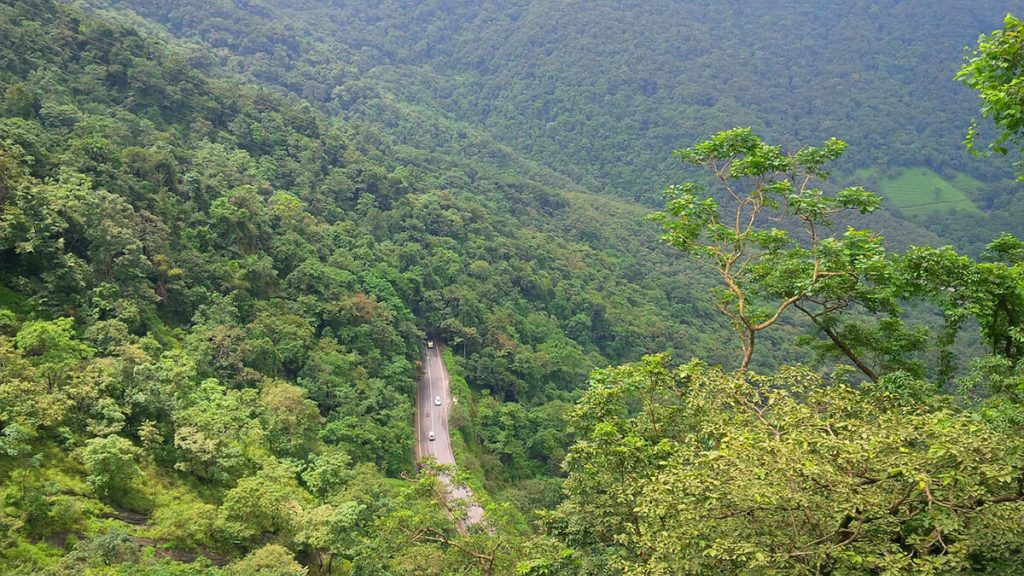
Peechi-Vazhani Wildlife Sanctuary
Established in 1958, the Peechi-Vazhani Wildlife Sanctuary is the second oldest in Kerala, formed in the catchment area of the Peechi and Vazhani dams. The vegetation comprises of mixed deciduous forest, making it a good habitat for bison, elephants, deer, leopard, tiger and a bounty of bird and reptile species.
When visiting the sanctuary, you can opt for a boat ride on the picturesque artificial lake or for a trek through the wilds of Peech-Vazhani.
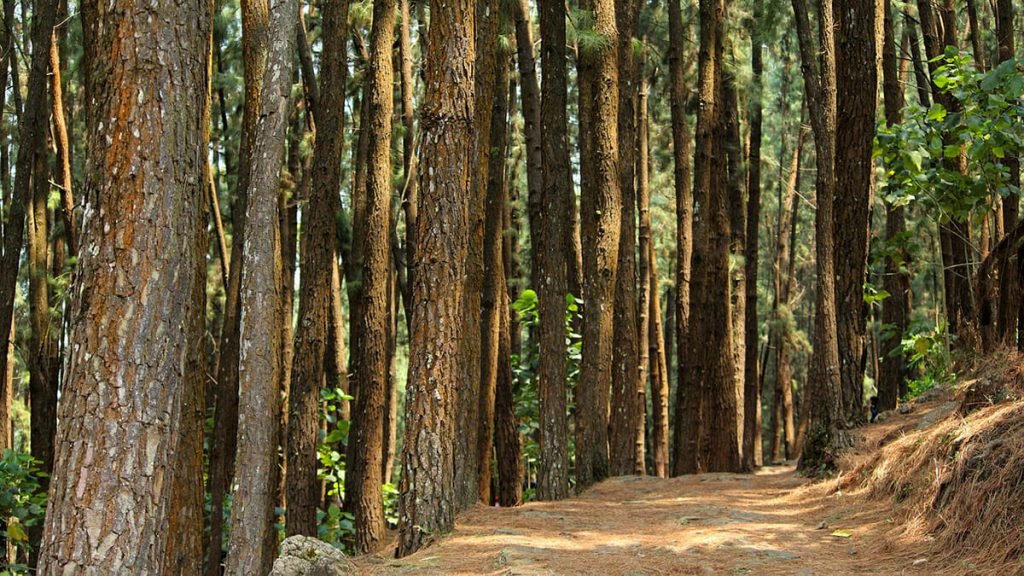
Neyyar Wildlife Sanctuary
Located in the southeast part of the Western Ghats, the 138 square kilometres Neyyar Wildlife Sanctuary lies just 32km away from the city of Thiruvananthapuram and overlooks the Neyyar dam.
The sanctuary protects 176 species of birds and 39 species of mammals, including the Bengal tiger, Indian leopard, sloth bear, Asian elephant, sambar, barking deer, bonnet macaque, Nilgiri langur and Nilgiri tahr. The sanctuary also houses a Crocodile Rehabilitation and Research Centre, Elephant Rehabilitation Centre and Deer Rehabilitation center within the boundaries.
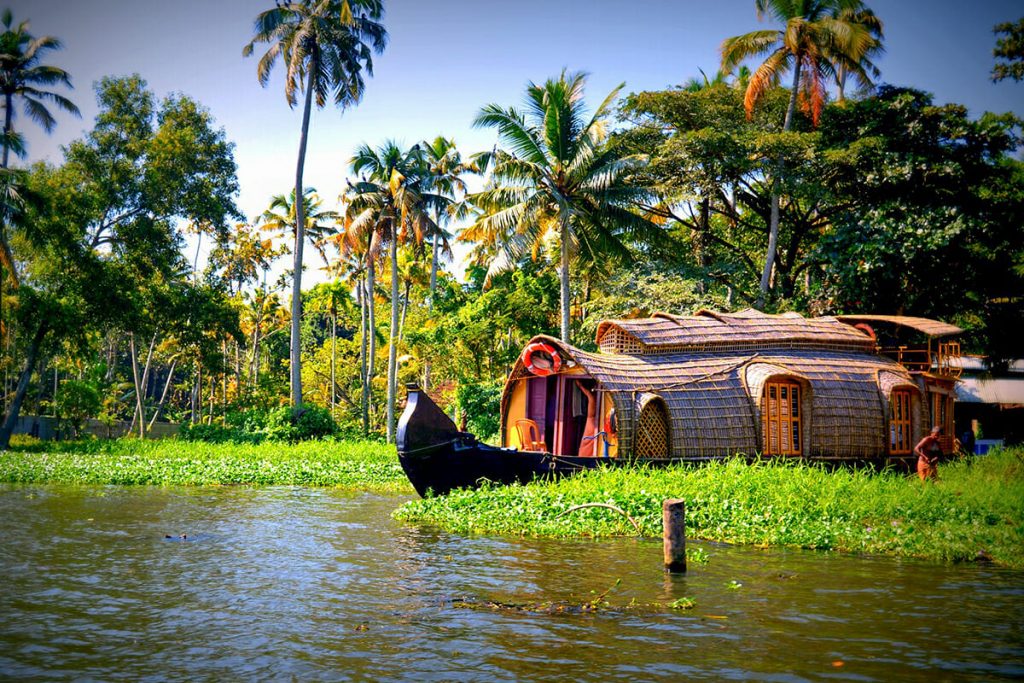
Travelling to Kerala
Getting there
Kerala has two international airports: Kochi (often spelled Cochin) and Trivandrum. Which one you choose will depend on where you wish to start and end your trip.
Getting around
Driving in India is not an experience for the faint-hearted. It is best to pre-arrange all your transfers with your hotels. If you wish to venture into any of the national parks independently, it is best to book a car and a driver through your tour operator.
When to visit
Kerala has a monsoonal climate with the wettest months between May to October. The best time to visit the state is between November and March.
Have you travelled to Kerala? Share your stories and insights in the comments below.
More on India
- Ranthambore National Park Safari, India
- Best of Kerala National Parks for spotting wildlife
- Wildlife watching in Ranthambore National Park, India
- A Guide to the National Parks in Telangana, India
- Adventures of getting to Kanha National Park
- Adventures of visiting prehistoric Bimbetka Caves in India
- Spotting tigers in Kanha National Park, India

